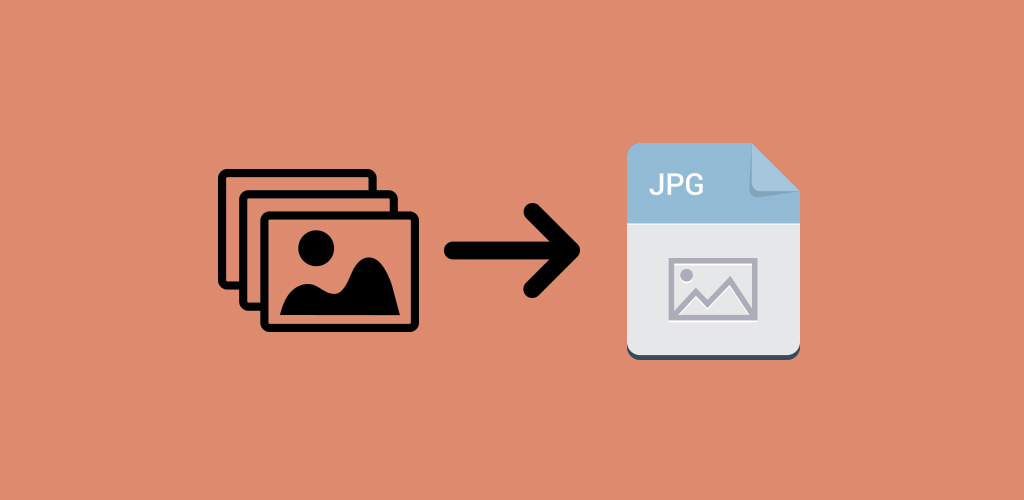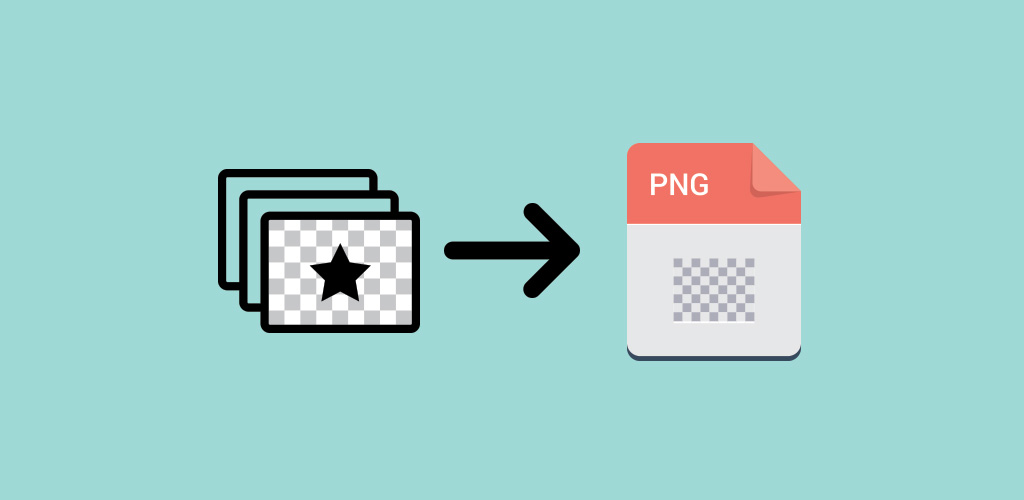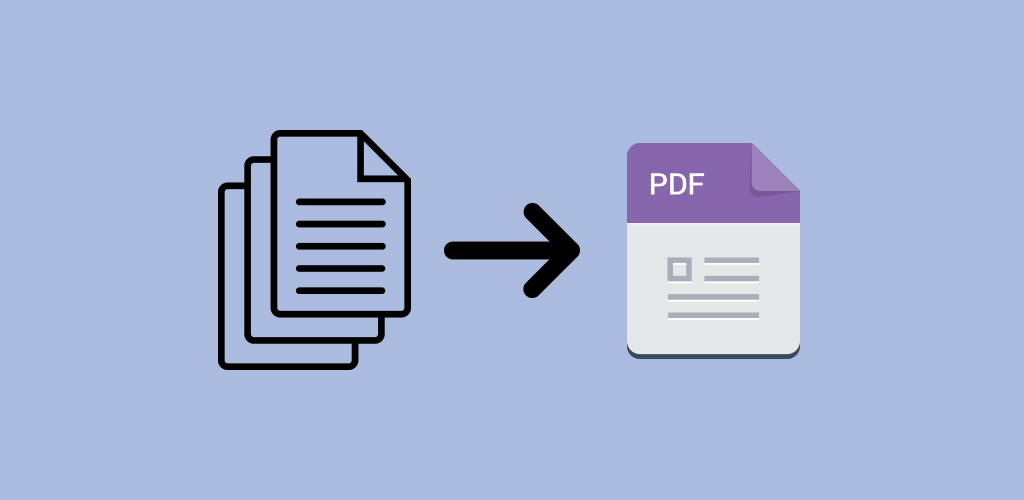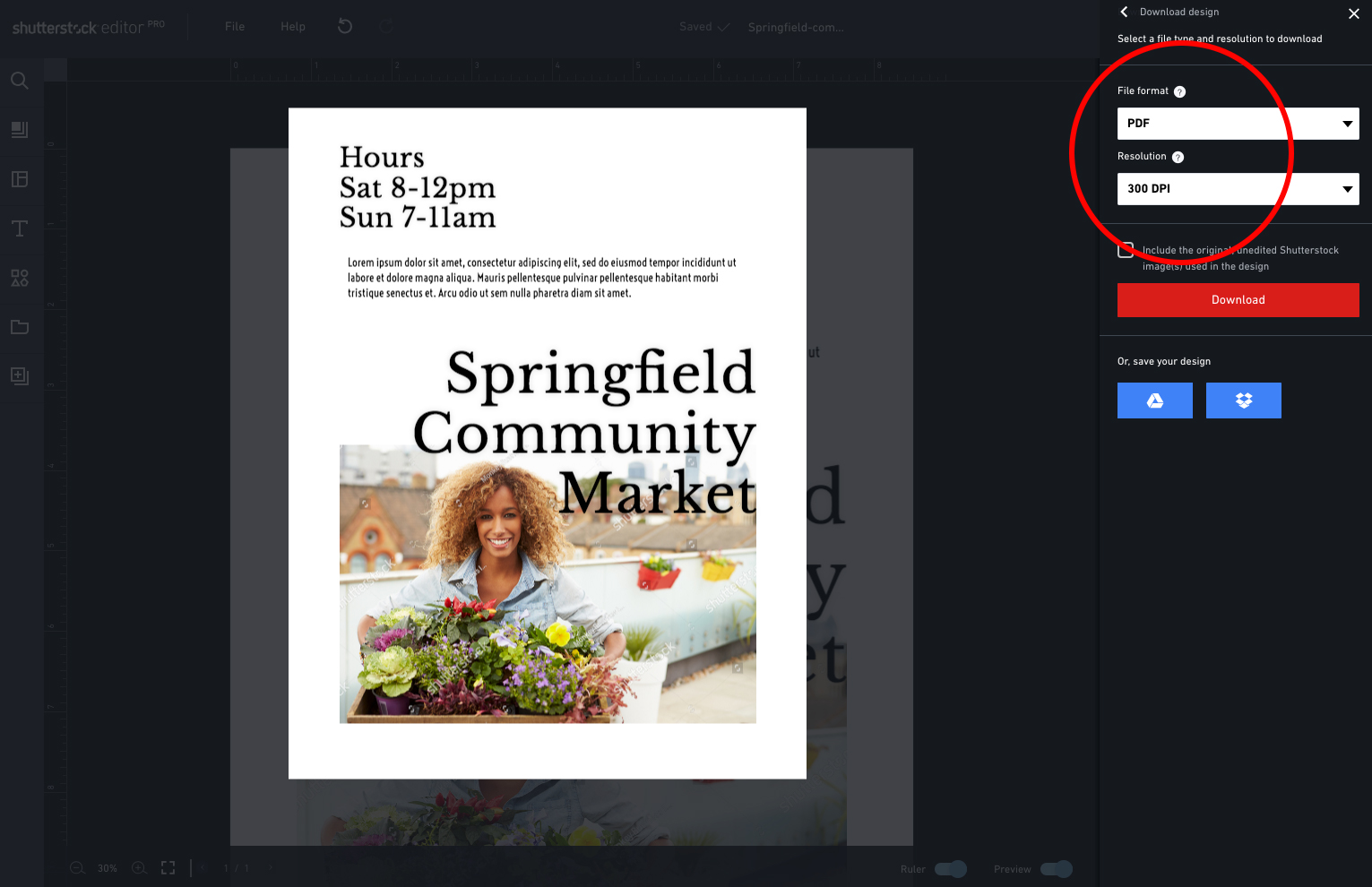Difference of Picture and Photo and Image
With so many image formats, how do you know the difference between PNG vs. JPG vs. PDF (and more)? We're here to guide you.
Images come in many shapes and sizes, and every image format has its particular strengths and weaknesses. No format is designed to accomplish the same tasks. Two of the most common (and commonly confused) file formats are JPG vs. PNG.
Below, we'll break down the much-discussed comparison of PNG vs. JPG so that you know how to use each. There's also PDF and TIFF, which is in another class from these usual image formats, but can still perform a few similar functions.
We'll also show you how to convert your image files to and from other formats, like how to change a JPG to a PDF. Dive in and discover which file format works best for your current project: JPG, PNG, PDF, or TIFF.
JPG or JPEG

The JPG format was developed by Joint Photographics Export Group, which is where the file name comes from. You'll commonly see JPG expressed as JPEG, and functionally they mean the same thing. In the older days of computers, file types had a character limit of three (hence JPG), but JPEG is now becoming more common.
Pronounced "jay-peg," JPGs are designed to minimize the file size of photographs to make them more suitable for sharing and using in web design. Most of the photos you find online are likely in JPG format.
What's a JPG-Large?
A more recent file extension, called a JPG-Large, is simply a larger version of the JPG file. While not commonly used, JPG-Large files are sometimes seen when uploading images to social media platforms, such as Facebook or Twitter. In an attempt to resize the uploaded image to the correct dimensions on the platform, the file may change to JPG-Large instead.
If you've encountered a JPG-Large file and are unable to open them, simply rename the file to .jpg or .jpeg over the .jpg-large extension.
Advantages of JPG/JPEGs
Smaller File Size
This is the huge advantage of JPG images. If you're designing a website, for example, utilizing JPG images will get you faster page load times and provide a better user experience because the files are smaller.
When you first save a JPEG file, the rate of compression is about 10:1. So, if you have a 20MB (megabyte) image that is then saved as a JPEG, you can expect the file to be 2MB in size. Resizing images to smaller file sizes with free image resizing tools is a quick shortcut.
Since JPG images are a common file type, they're easily shareable and viewable online. This eliminates the need for any program required to view the image file.
Disadvantages of JPG/JPEGs
Compression Can Lead to Loss in Quality
The main advantage of JPG images—smaller file size—also happens to be their weakness. The algorithm that compress JPG images finds pixels that are essentially the same color, or value, and blocks them together into tiles. This creates a smaller file, but it also means you lose some of the data in the image, resulting is lower quality. It also means that you lose that data forever when the file is saved, so you can't restore a JPG to its original quality.
Not Ideal for Printing
Due to JPEGs' ability to compress files to make their size smaller, this means that JPGs are most suitable for viewing online rather than printing. Instead of exporting as a JPEG, export your images or designs for print as a PDF.
PNG

PNG is an acronym for "Portable Network Graphics," and the image format is indeed optimized for graphics like graphs, logos, and text. However, you can just as easily save a photograph as a PNG.
PNGs are often higher quality than a JPG. This is because PNG files were not intended to reduce file size, so they retain more image and color detail, and information than a JPG.
Much like JPG files, PNG files are widely viewable and shareable across many platforms and programs. Search up an icon on a web browser and you'll likely find a .png file version of that icon.
Advantages of PNGs
Lossless Image Quality
The compression used when creating PNG results in no loss in quality, so the image can be saved, edited, and opened again and again without degrading over time. This is directly at odds with a JPG file, which will further compress and lose information every time it's edited or re-saved.
Transparency Features
One of the biggest advantages of PNG files is their ability to showcase transparency, making this file extension ideal for icons, logos, and smaller graphics that require transparency. The gray checkered background you often see in PNG images before downloading them indicates the transparency of that file.
Disadvantages of PNGs
Larger File Size
One of the reasons why JPG images are widely used on the web is the friendly file size. PNG images undergo a different type of image compression that reduces the file size, but not to the same degree as a JPG file.
Not Ideal for Photos or Printing
Due to PNGs' lossless image quality, they're best reserved for online images with limited color palettes. While you can certainly save a photo as a PNG and print it out, JPGs and PDFs are more suitable in this scenario.

PDF files are not typically discussed when weighing options for image files, but you may need to convert PDF files to and from PNG or JPG formats. The Portable Document Format (PDF) is the industry standard for document sharing, as it creates an exact replica of any file you want to duplicate, including images.
While you wouldn't want to use a PDF image to upload online or in official brand design, they're useful for emailing and storing screenshots and other images combined with text documents or photographs.
Advantages of PDFs
Reliable and High-Quality
PDF files look identical to the original design or photograph, serving as a copy of your image. PDF files are ideal for file sharing, and carry the assurance that your graph, photo, or document will display correctly across devices without being altered.
Ideal for Interactive and Print Designs
PDF images are extremely customizable, allowing you to export images and documents, and optimize them for printing and sharing. The superb quality is ideal for designs and documents that will ultimately be printed as opposed to living online, like print brochures. When preparing a design for print production, saving as a PDF enables the design to remain high-quality and print at various sizes.
In addition, PDF files are ideal when creating interactive documents that require any form inputs or button clicks. Programs such as Adobe InDesign allow for exporting designs into an interactive PDF file.
Disadvantages of PDFs
Not Ideal for Logos or Icons
While PDF files evoke many advantages, they are best utilized when exporting photographs and documents, and not logos or icons. Instead of using the .pdf file extension, stick to .png or .jpg when exporting a logo or icon.
Not Easily Editable
Since PDF files are flat, they do not contain the ability to edit. Reserve exporting your design to a PDF when you're sharing the design for feedback, using a document for print or interactive purposes, or getting ready to print an editorial design.
TIFF

TIFF files, much like PNGs, are a lossless raster file format. Short for "Tagged Image File Format," TIFF files are known for being high quality and used mostly in photography. In addition to being high quality, TIFF files are on the larger end of the spectrum, so use them sparingly. While they aren't a popular file extension, they're often used with professional photography, desktop publishing, and scanning artwork and documents.
Advantages of TIFFs
Ideal for Scanning and Printing High-Quality Graphics
If you've ever needed to get a crisp version of an image or print a high-quality photograph, then TIFF file formats are your go-to. Made to preserve its quality, TIFF offers the ability to use tags, layers, and even transparency, if needed. TIFF files, while aren't used as widely as PNG, JPG, or PDF, are compatible with Adobe Photoshop.
Disadvantages of TIFFs
Not Suitable for Web
Due to the compression of TIFF files and their large image quality, this file extension isn't suitable for web and online-only use. Stick to exporting your files as a .tif if you're planning to print the image or are using a high-quality scanner.
PNG vs. JPG vs. PDF vs. TIFF: Which File Format Is Best?
Still undecided on what's the best image format between PNG vs JPG, and wondering if you should actually opt for a PDF? Let's help by looking at what file is most practical for your needs.
- JPG images are ideal for posting photos and images online, as they keep file size down without much overall quality loss. They're also nice for emailing preview images to clients, and for printing artwork and photographs at high resolution.
- PNG images are ideal for web graphics, especially logos, illustrations, and graphs. They can shrink to small file sizes when colors and elements are limited, which is another plus. The greatest advantage of a PNG is that the image can be fully transparent, allowing you to place illustrations and designs on top of backgrounds effortlessly. PNG is also a top choice if images will be edited and saved multiple times.
- PDF images are ideal for printing, especially for graphic design, posters, and flyers. PDF images are also an ideal choice for storing images online when you intend them to be downloaded. PDFs keep your images in one packet so viewers can print and save designs and booklets easily.
- TIFF images are ideal for printing, especially photography, magazines, booklets, and other multi-page designs. Due to their ability to retain high-quality image information, they can be a powerful file extension in specific situations.

How to Convert Image Formats Online
The free file converter from Shutterstock is an incredibly easy way to convert files between JPG, PNG, and TIFF. Simply upload your photo, select the file format you want, and voilà!
If you want to know how to change JPG to PDF, or how to convert PDF to PNG or JPG on Mac or PC, the good news is that we've covered many of these processes already in previous posts. First, if you're creating a PDF file on your desktop or online from other image types find out how to create a PDF file in 4 simple ways.
When you have a PDF that you want to convert into an image file, you also have several options based on your operating system, budget, and level of expertise. Read our guide on how to convert a PDF to JPG to get started. Once your image file is saved as a JPEG, you can easily convert it to a PNG (on a Mac, it's as straightforward as changing the file extension).
You can also use Shutterstock Editor to create designs, or edit photos and export them in the image format of your choice. The process is intuitive and hassle-free.

Simply navigate to Editor and save any image as a JPEG, PNG, or PDF following these steps:
- Within Shutterstock Editor, choose Open Designs to import images, or simply click File > New to create an image using our user-friendly editing software.
- When you're ready to export the image, select File > Save As, and give your image a name. This saves the document within your Shutterstock account.
- To export your design in a specific image format, select Download at the top-right of the Editor, and then choose PDF, JPEG, or PNG under File Format.
- Now your design or photograph will be optimized with the file type you need.
Cover image via Zebra Finch.
Difference of Picture and Photo and Image
Source: https://www.shutterstock.com/blog/jpg-vs-png-vs-pdf